Oriana Fernandez welcomes a new book tracing the diverse architectural styles of the Indian subcontinent

Christopher Tadgell’s follow-up to his 1989 book, History of Architecture in India, ties together the various styles of Indian architecture from the 4th century BCE to the 18th century CE, just before the onset of British colonisation. The book serves as a valuable addition to the works of Percy Brown, particularly the two Indian Architecture volumes on Buddhist and Hindu buildings and the Islamic period, as well as Sir Banister Fletcher’s A History of Architecture, providing a more compact exploration of Indian architectural history. Tadgell’s book is a compelling testimony to the importance of documenting and preserving India’s architectural heritage, tracing the genesis of Indian architecture, identifying its styles, and reflecting upon its age-old ideologies.
The book is organised into three main parts, along with a prologue and epilogue. The prologue sets the stage by discussing the synthesis of Vedic and native traditions, the rise of Brahmanism, and the emergence of Jainism and Buddhism. It delves into the discovery of the first dated civilisations found in Mohenjodaro and Harappa, the advent of the Aryan settlers, and the significance of water cosmology in understanding the evolution of India’s religious architecture. The prologue also explores the emergence of the caste system and the art of Vastu, which centred around the state of creating and living in spaces for habitation.
Part one focusses on the first empires, such as the Mauryas, and the Persian influence on Indian architecture. Tadgell draws comparisons between the Ashokan lion capital and column and the apadana of Darius, ruler of Babylon, highlighting similarities in the execution of palace platforms and the adoption of statecraft methods. The rule of Ashoka saw a rise in places of pilgrimage adorned with stupas, stambhas, and inscriptions, showcasing the evolution of architectural and artistic styles with each set of rulers.
Part two explores the flourishing of Hinduism and the evolution of the Hindu temple under the Mauryans, Cholas, and Chalukyas. Notable examples include the Ellora caves, which showcase the transition from Buddhism to Hinduism and Jainism, and the Brideshvara Temple in Thanjavur, with its expansive compound and imposing northern and southern kailasas. Tadgell’s narrative highlights how styles borrow from previous ones, but combine to form new or hybrid forms suited to the location and climate. The story of the patronage of queen mother Sembiyan Mahadevi, who commissioned many new foundations and the rebuilding of existing temples, is particularly eye-opening.
Part three discusses the Islamic ascent and the development of new architectural styles, culminating in the Mughal rule. The basic tenets of Islam play a crucial role in designing places of pilgrimage and worship, as seen in the layout of mosques and the incorporation of water in the chahar-bagh gardens. Tadgell takes the reader from one region to another, drawing comparisons and highlighting changes in architectural tone, mass, and style while emphasising the extent and reign of the Muslim rulers. The Taj Mahal and nearby Fatehpur Sikri complex stand as testament to the vibrant and rich Mughal style. The epilogue ties in with the last vestiges of ancient empire as seen in the kingdoms ruled by the Sikhs, Marathas, and Rathores.
Tadgell’s approach to the subject matter is comprehensive and well-researched, drawing comparisons between different regions and styles and highlighting the borrowing and fusion of architectural elements throughout history. The book’s detailed descriptions of the evolution of each architectural style, from the layout of floor plans to the choice of materials and construction methods, contribute significantly to the understanding of Indian architectural history. The accompanying drawings, illustrations, sketches, and photographs, complete with their own descriptions, enhance the reader’s comprehension of the vast landscape of architectural styles found in each region of India.
In addition to the rich visual content, the book also includes a generous bibliography with accompanying notes, providing valuable resources for further exploration of the subject matter. The detailed glossary at the end of the book is particularly helpful in navigating the vernacular architectural terminology used throughout the text, making it accessible to readers with varying levels of expertise in the field.
Tadgell’s latest book is a valuable resource for both novices and scholars interested in ancient Indian architecture. His thorough research, clear narrative, and rich visual aids make this book a significant contribution to the field. The book’s ability to tie together religious practices, political influences, and architectural styles throughout India’s history is commendable.
In future editions, readers would benefit from a visible comparison of different styles lined up together, using floor plans, column types, and ornamentation, which would provide a useful compare-and-contrast guide. This addition would further enhance the book’s educational value and make it an even more invaluable resource for students and enthusiasts of Indian architecture.
Tadgell’s work serves as an inspiring example of the collective and conscious efforts required to document and preserve India’s architectural heritage for future generations, encouraging architects and researchers to undertake similar endeavours in other regions of the country.
Postscript
Architecture in the Indian Subcontinent: From the Mauryas to the Mughals by Christopher Tadgell is published by Routledge
Oriana Fernandez is an architectural and urban designer, and a mentor on the RIBA’s Future Architects student mentoring scheme









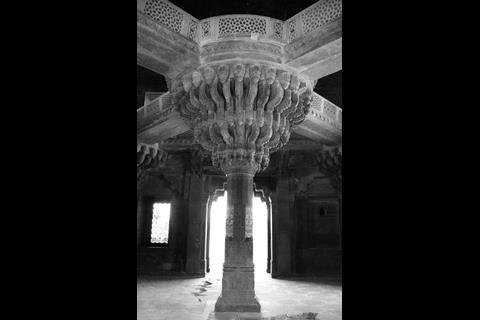
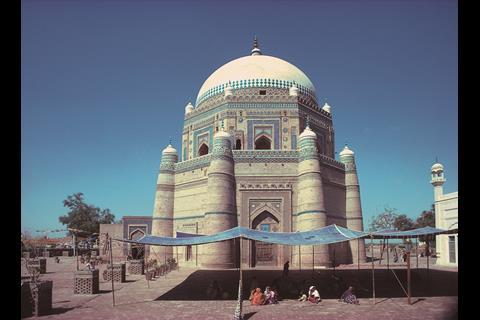
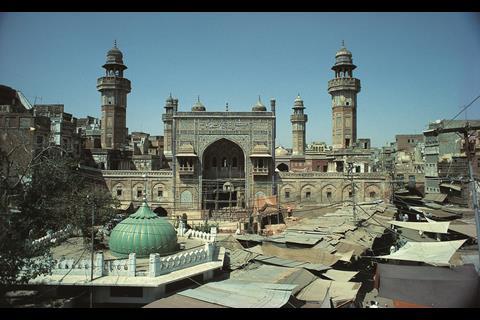
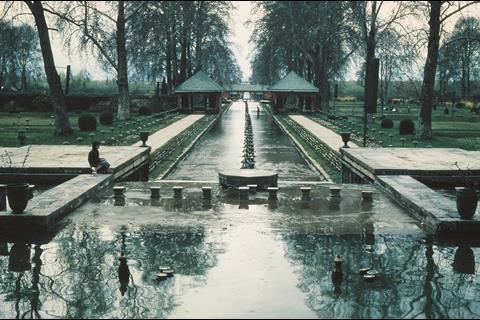
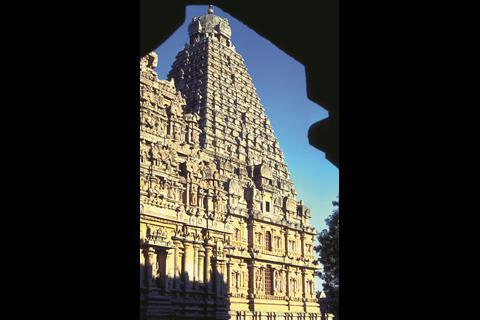
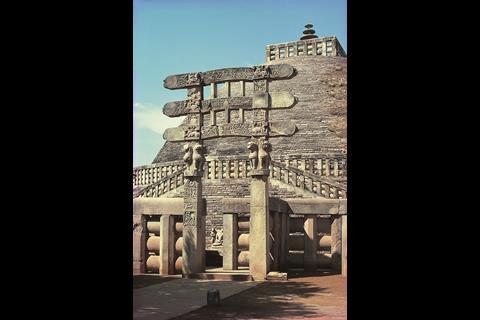
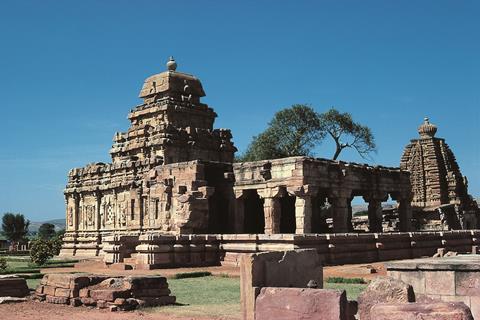


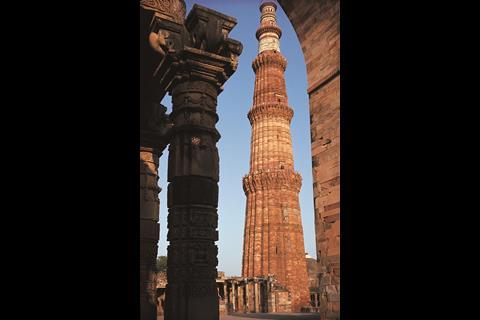
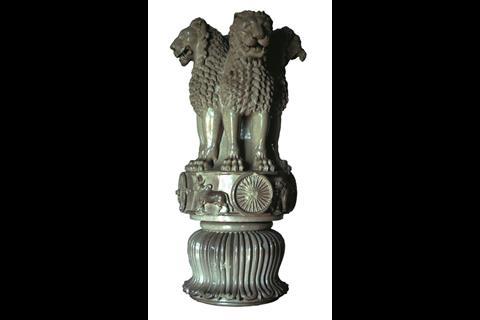







No comments yet